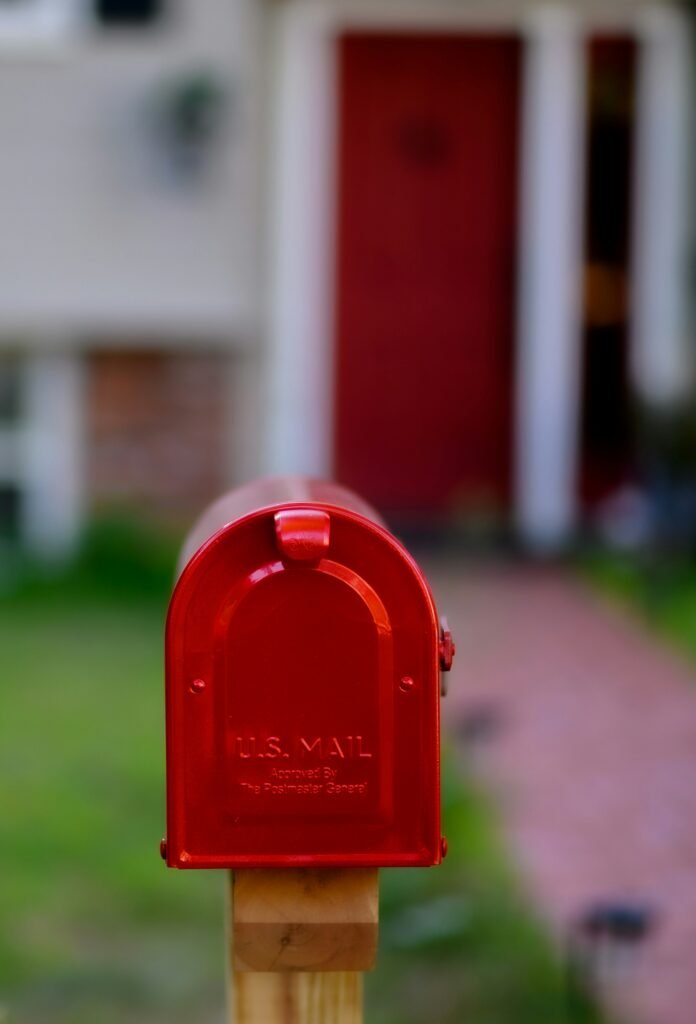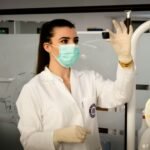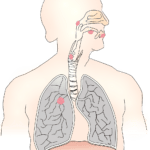
Are you curious to know the duration of a pulmonary rehab session? Well, you’ve come to the right place! When it comes to improving lung function and managing respiratory conditions, pulmonary rehab is a crucial component. But just how long does a typical session last? In this article, we’ll explore the duration of pulmonary rehab sessions and shed light on what you can expect during this essential therapy for your lungs. So, fasten your seatbelt and get ready to embark on a journey of knowledge!
Average Duration of Pulmonary Rehab Sessions
When it comes to the duration of pulmonary rehab sessions, it’s important to note that it can vary depending on individual needs. However, on average, these sessions typically last 1 to 2 hours. This time frame allows for a comprehensive workout that includes warm-up, exercise, and cool-down periods.
Components of a Pulmonary Rehab Session
A pulmonary rehab session typically consists of various components aimed at improving respiratory function and overall health. These components include warm-up exercises to gently prepare the body for physical activity, aerobic exercises to increase cardiovascular endurance, strength training exercises to build muscle strength, breathing exercises to enhance lung capacity and control, and cool-down exercises to gradually decrease your heart rate and relax the body. Each component serves a specific purpose in promoting lung health and overall well-being.

Factors Affecting Session Length
Several factors can influence the duration of a pulmonary rehab session. One significant factor is the patient’s condition and abilities. Some individuals may have more severe respiratory impairments, requiring additional time and attention during their sessions. Program goals and intensity also play a role in determining session length. If the primary objective is to improve exercise tolerance, longer sessions may be necessary. Additionally, the availability of equipment and resources at the rehab facility can impact the overall duration of a session.
Customizing Session Duration
To ensure maximum effectiveness, pulmonary rehab sessions should be tailored to individual needs. Healthcare professionals collaborate with patients to determine the optimal duration based on their specific conditions and goals. As patients progress throughout their rehab journey, adjustments to session length may be necessary. Regular communication and feedback between patients and healthcare providers are crucial to strike the right balance and make any necessary modifications.

Benefits of Longer Sessions
Longer sessions offer several advantages for those undergoing pulmonary rehab. Firstly, they provide more time for an effective workout. This extended duration allows for a thorough warm-up, ample time for exercises, and a proper cool-down, resulting in improved fitness and respiratory function. Longer sessions also facilitate increased progress and improvements. With more time dedicated to each component, individuals can gradually enhance their exercise tolerance, strength, and respiratory capacity. Furthermore, longer sessions offer an opportunity for multi-disciplinary care, allowing healthcare professionals from various fields to provide comprehensive support and guidance throughout the rehab process.
Considerations for Shorter Sessions
In some cases, time constraints may require the adaptation of pulmonary rehab sessions to a shorter duration. While longer sessions have their benefits, it’s important to emphasize quality over quantity in shorter sessions. By focusing on specific exercises and techniques, individuals can still achieve effective results within a limited time frame. Consistency and adherence to the rehab program become even more critical when sessions are shortened, as maintaining regular workouts will ensure progress is not compromised.

Session Duration Guidelines
International guidelines for pulmonary rehab have been established to help healthcare professionals determine the optimal duration for sessions. These guidelines take into account factors such as the severity of the respiratory condition and individual patient needs. It is crucial to follow these guidelines and recommendations, as they are based on research and studies that have shown optimal outcomes for pulmonary rehab participants. By adhering to these guidelines, patients can ensure they are receiving the most beneficial and effective treatment.
Monitoring Session Length
Monitoring session length is an essential aspect of pulmonary rehab. Healthcare providers track the duration of sessions to evaluate progress and make any necessary adjustments. By documenting the length of each session and monitoring changes over time, healthcare professionals can gain valuable insights into the effectiveness of the rehab program. This monitoring process helps ensure compliance with program recommendations and allows for timely modifications to optimize the results.
Importance of Regular Sessions
Consistent attendance is crucial for optimal results in pulmonary rehab. Attending regular sessions not only ensures that individuals receive the full benefits of the program but also has a significant impact on overall health. By participating consistently, individuals can experience improvements in their lung function, decreased breathlessness, increased exercise tolerance, and improved quality of life. Regular sessions provide the opportunity for healthcare professionals to closely monitor progress, evaluate the effectiveness of the treatment plan, and make any necessary modifications.
Evaluating and Modifying Session Duration
Regular evaluation of the effectiveness of pulmonary rehab sessions is essential. Healthcare professionals collaborate with patients to gather feedback and assess the impact of the sessions on their overall health. This evaluation process includes considering the session duration and its effect on the individual’s progress. If needed, modifications to the session duration can be made to align with the patient’s goals and optimize the effectiveness of the treatment plan. By maintaining open communication with healthcare professionals, patients can ensure that their pulmonary rehab sessions are tailored to their specific needs and continuously provide the maximum benefit.









